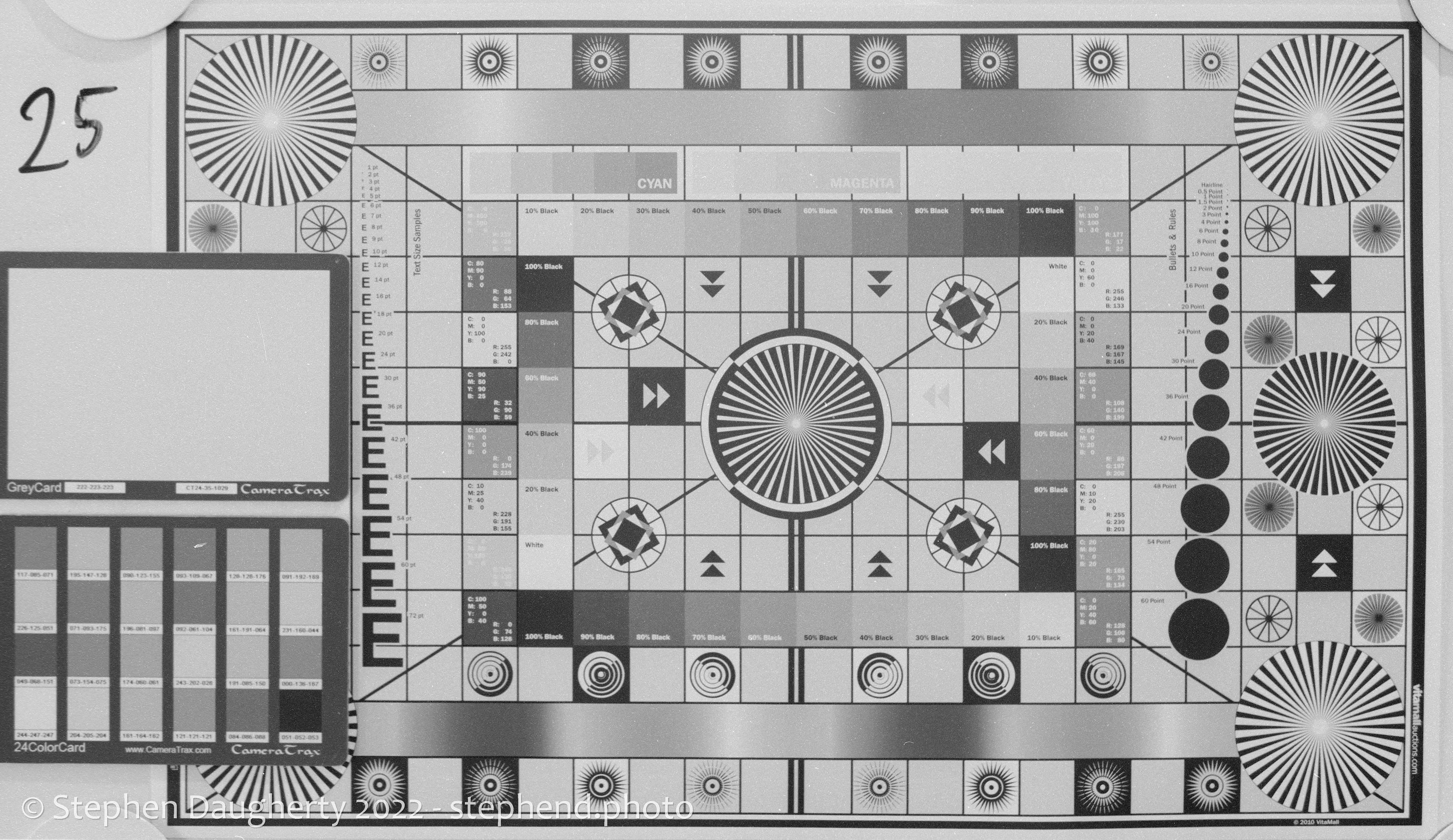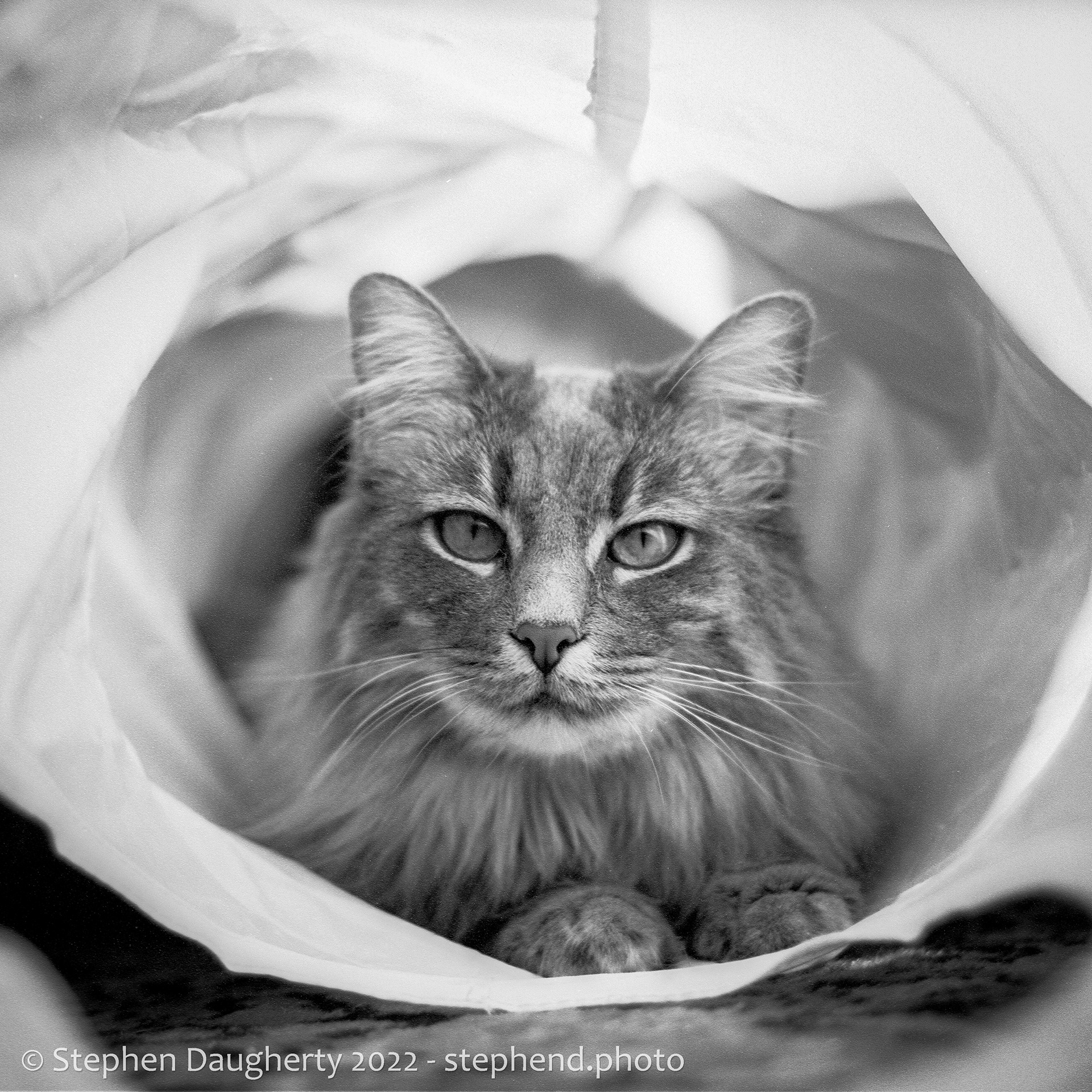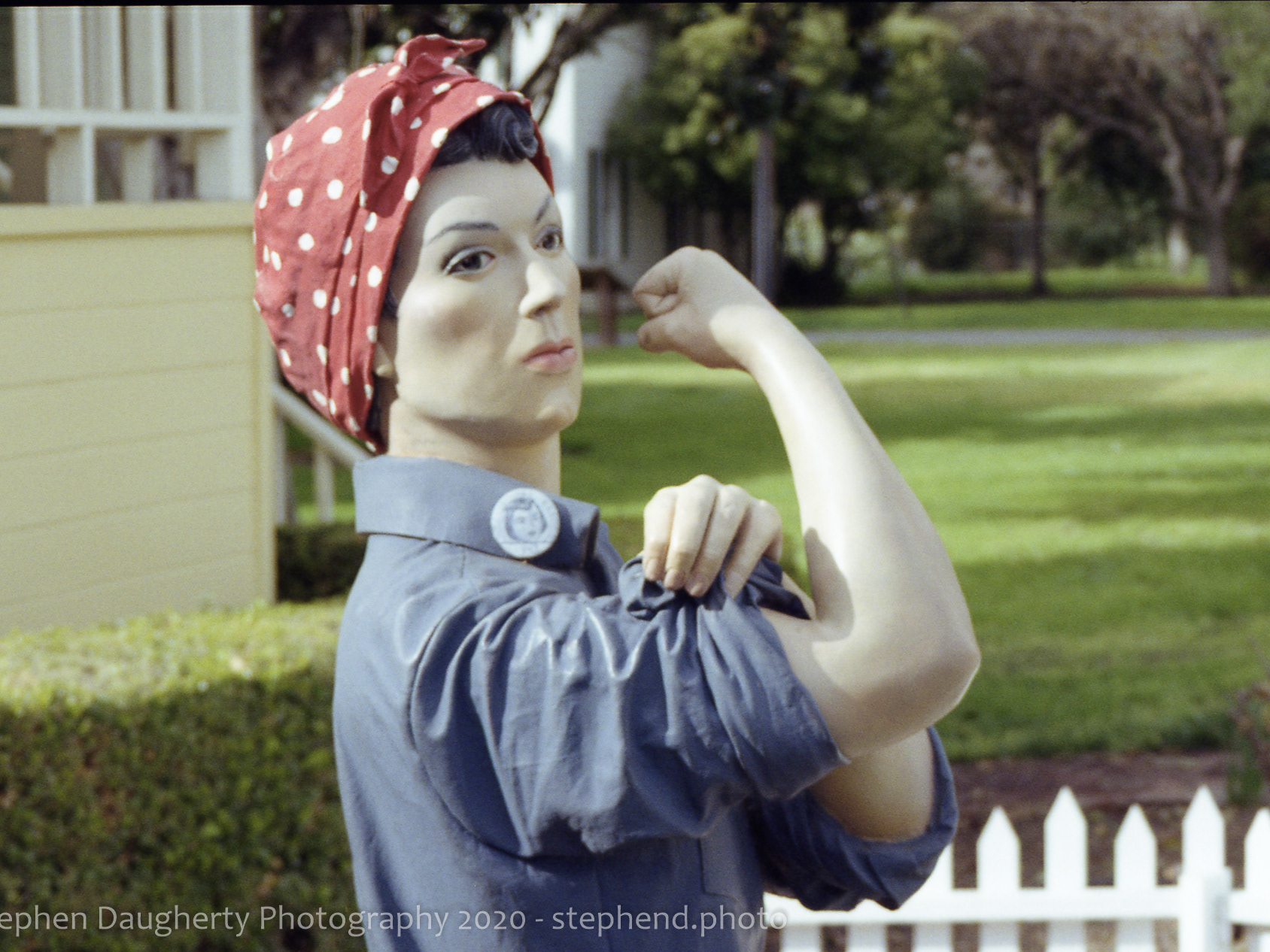NOTE: Every photo on this page was taken on Svema FN64, developed by me in XTOL, and scanned with an Nikon Coolscan 4000
Svema FN64 is an old film stock dating back to the Soviet Union. It was manufactured by the state company Svema in Shostka, a small city in the Sumy oblast of Ukraine. After the fall of the Soviet Union and the independence of Ukraine they were one of many companies privatized becoming Astrum. Astrum continued to use the machinery to produce some Svema film stocks originally under the Astrum brand but later returning to the Svema brand. Unfortunately, with the current war in Ukraine and the fact that the Sumy oblast has seen heavy fighting it's unclear what the state of the factory is. It may not be possible to produce this film anymore.
Svema FN64 itself is a low ISO black and white film stock. As expected, it exhibits very fine grain with and high resolution. As with other Svema/Astrum films it has a clear base that's thinner than most other films. However, unlike Svema 100 which is a nightmare to load because of how thin it is I've not had issues loading Svema FN64 on plastic film reels. I started initially developing Svema FN64 with HC-110 in dilution B for 8 minutes but have settled on XTOL stock for 7 minutes as my preferred development method.
You do need to keep in mind a few things when handling this film. The thinner than normal film base can cause problems in some cameras, both in terms of failure to wind and breaking the film. While I've not had a blank roll with it, I have had to retry several times before it would load properly, and I have had it break in camera before. The film cannisters themselves are actually plastic reloadable cassettes instead of the usual stamped metal most manufacturers use. This means there's no DX coding for automatic cameras, not that such a slow film should go in an automatic camera anyway. The canisters do have more resistance than a normal one when winding again, increasing the likelihood of film advance/breaking problems. Bonus though the price of the film per roll is the same as just buying an empty cannister so if you need cannisters for bulk loading you're probably better off buying some Svema film, shooting it, and then recycling the cannisters than just buying new empty cannisters.
Reviewing the test charts at various ISOs I prefer shooting this film at the box speed of 64. It looks fine slightly overexposed too, lifting the shadows without losing highlights, but I wouldn't exceed one stop at ISO 32. Going lower results in low contrast and a washed-out image. Underexposing looks terrible, which isn't surprising given this film's nature. Overall, the exposure latitude is very narrow so take your time and meter carefully with this film.






I love how this film looks. It's sharp enough for my uses and when you nail the exposure/focus the images sing. The low ISO means that the film doesn't have a very obvious grain but unlike something like Adox CMS 20 II it's still apparent. Interestingly the grain tends to take on a white speckle pattern in shadow areas. If you want perfectly smooth blacks, you may want to steer clear but for me it's a unique quirk that I like. The anti-halation layer works well so unlike films like PolypanF 50 and Foma 400 it won't bloom around highlights. Because of the narrow exposure latitude, the film doesn't offer a lot of flexibility in post. You really do need to be careful with your exposure as even underexposing by one stop will give you significantly poorer image quality. Here are a few photos I've taken on Svema FN64 that showcase what it can do. Put another way here are the obligatory cat photos.








Slow films are a challenge to use but Svema FN64 is one of those that's well worth it. Shot properly it produces fantastic images that pop with a pleasant and mild grain structure. It's unfortunate given the war in Ukraine that the future of this film is called into question but at least for now I plan to enjoy my current stores of it to the fullest. If you can find some of it, I highly recommend you try it out, just beware that it's more difficult to manage in development than most films. If you already find loading film onto development reels a struggle, I suggest asking a professional lab to take care of it for you.







